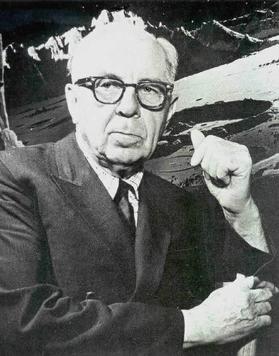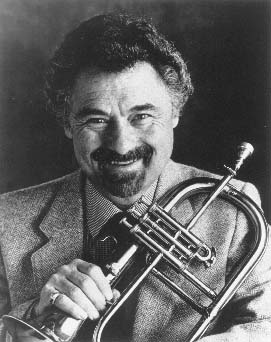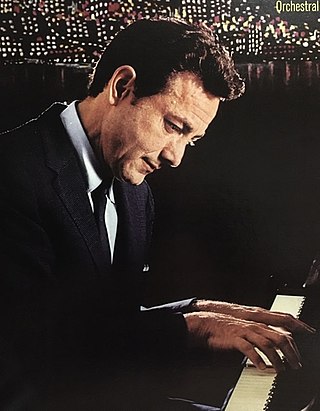
Christopher William Bradshaw Isherwood was an Anglo-American novelist, playwright, screenwriter, autobiographer, and diarist. His best-known works include Goodbye to Berlin (1939), a semi-autobiographical novel which inspired the musical Cabaret (1966); A Single Man (1964), adapted into a film directed by Tom Ford in 2009; and Christopher and His Kind (1976), a memoir which "carried him into the heart of the Gay Liberation movement".

Edmund Gerald Brown Jr. is an American lawyer, author, and politician who served as the 34th and 39th governor of California from 1975 to 1983 and 2011 to 2019. A member of the Democratic Party, he was elected secretary of state of California in 1970; Brown later served as mayor of Oakland from 1999 to 2007 and attorney general of California from 2007 to 2011. He was both the oldest and sixth-youngest governor of California due to the 28-year gap between his second and third terms. Upon completing his fourth term in office, Brown became the fourth longest-serving governor in U.S. history, serving 16 years and 5 days in office.

Lucian Michael Freud was a British painter and draughtsman, specialising in figurative art, and is known as one of the foremost 20th-century English portraitists. He was born in Berlin, the son of Jewish architect Ernst L. Freud and the grandson of Sigmund Freud. Freud got his first name "Lucian" from his mother in memory of the ancient writer Lucian of Samosata. His family moved to England in 1933, when he was 10 years old, to escape the rise of Nazism. He became a British naturalized citizen in 1939. From 1942 to 1943 he attended Goldsmiths' College, London. He served at sea with the British Merchant Navy during the Second World War.

Chesley Knight Bonestell Jr. was an American painter, designer, and illustrator. His paintings inspired the American space program, and they have been influential in science fiction art and illustration. A pioneering creator of astronomical art, along with the French astronomer-artist Lucien Rudaux, Bonestell has been dubbed the "Father of Modern Space art".

William December Williams Jr. is an American actor, novelist and painter. He has appeared in over 100 films and television roles over six decades. He is best known for portraying Lando Calrissian in the Star Wars franchise and has also appeared in critically acclaimed and popular titles such as Mahogany (1975), Scott Joplin (1977), and Nighthawks (1981), as Harvey Dent in Batman (1989) and The Lego Batman Movie (2017), The Last Angry Man (1959), Carter's Army, The Out-of-Towners (1969), The Final Comedown and Lady Sings the Blues, Hit! (1973), Fear City and Terror in the Aisles, Alien Intruder (1993) and The Visit (2000).

Donald Jess Bachardy is an American portrait artist. He resides in Santa Monica, California. Bachardy was the partner of Christopher Isherwood for more than 30 years.

Margaret D. H. Keane was an American artist known for her paintings of subjects with big eyes. She mainly painted women, children, or animals in oil or mixed media. The work achieved commercial success through inexpensive reproductions on prints, plates, and cups. It has been critically acclaimed but also criticized as formulaic and clichéd. The artwork was originally attributed to Keane's then-husband, Walter Keane. Soon after their divorce in the 1960s, Margaret claimed credit, which was established after a courtroom "paint-off" in Hawaii, in which Walter refused to participate.
"Brush with Greatness" is the eighteenth episode of the second season of the American animated television series The Simpsons. It originally aired on Fox in the United States on April 11, 1991. In the episode, Marge enrolls in an art class after Lisa encourages her to revive her former interest in painting. When she wins first prize in a local art competition for a portrait of Homer on the couch in his underwear, Mr. Burns commissions her to paint his portrait. In the subplot, Homer is determined to lose weight after getting stuck in a water slide at an amusement park.
"Don't Let the Stars Get in Your Eyes" is a country song about a man away from home who is worried that his paramour may unwittingly stray from their relationship. It was written by Winston L. Moore and published in 1952. The song has been recorded in many different styles by many performers, with Perry Como's version hitting number 1 in both the US and UK.

Milton "Shorty" Rogers was an American jazz musician, one of the principal creators of West Coast jazz. He played trumpet and flugelhorn and was in demand for his skills as an arranger.

Walter Stanley Keane was an American plagiarist who became famous in the 1960s as the claimed painter of a series of widely reproduced paintings depicting vulnerable subjects with enormous eyes. The paintings are now accepted as having been painted by his wife, Margaret Keane. When she told her side of the story, Walter Keane retaliated with a USA Today article that again claimed he had done the work.

Joseph "Joe" Bushkin was an American jazz pianist.

Glenn Brown is a British contemporary artist known for the use of appropriation in his paintings. Starting with reproductions from other artists' works, Glenn Brown transforms the appropriated image by changing its colour, position, orientation, height and width relationship, mood and/or size. Despite these changes, he has occasionally been accused of plagiarism.

The United States Capitol building features a central rotunda below the Capitol dome. Built between 1818 and 1824, the rotunda has been described as the Capitol's "symbolic and physical heart".

The Roulin Family is a group of portrait paintings Vincent van Gogh executed in Arles in 1888 and 1889 of Joseph, his wife Augustine and their three children: Armand, Camille and Marcelle. This series is unique in many ways. Although Van Gogh loved to paint portraits, it was difficult for financial and other reasons for him to find models. So, finding an entire family that agreed to sit for paintings — in fact, for several sittings each — was a bounty.
John Joseph Kelson Jr., known professionally as Jackie Kelso, was an American jazz saxophonist, flautist, and clarinetist.

Chris & Don: A Love Story is a 2007 documentary film that chronicles the lifelong relationship between author Christopher Isherwood and his much younger lover, artist Don Bachardy. Chris & Don combines present-day interviews, archival footage shot by the couple from the 1950s, excerpts from Isherwood's diaries, and playful animations to recount their romance. It was directed by Guido Santi and Tina Mascara, and was the centerpiece film at NewFest, the New York LGBTQ Film Festival, in 2008.

Portrait of Monsieur Bertin is an 1832 oil on canvas painting by Jean-Auguste-Dominique Ingres. It depicts Louis-François Bertin (1766–1841), the French writer, art collector and director of the pro-royalist Journal des débats. Ingres completed the portrait during his first period of success; having achieved acclaim as a history painter, he accepted portrait commissions with reluctance, regarding them as a distraction from more important work. Bertin was Ingres' friend and a politically active member of the French upper-middle class. Ingres presents him as a personification of the commercially minded leaders of the liberal reign of Louis Philippe I. He is physically imposing and self-assured, but his real-life personality shines through – warm, wry and engaging to those who had earned his trust.

A Working Man Can't Get Nowhere Today is a studio album by American country music singer Merle Haggard and the Strangers, released in 1977. Even though Haggard had moved to the MCA label, Capitol created this release from tracks previously recorded in 1975 and 1976.
American Collectors (Fred and Marcia Weisman) is a 1968 painting by British artist David Hockney. The painting is currently in the collection of the Art Institute of Chicago. It was accessioned by the museum in 1984 after being donated by Frederic G. Pick and his wife, Frances Weis Pick. The painting depicts Frederick and Marcia Weisman, two American art collectors from Los Angeles.

















